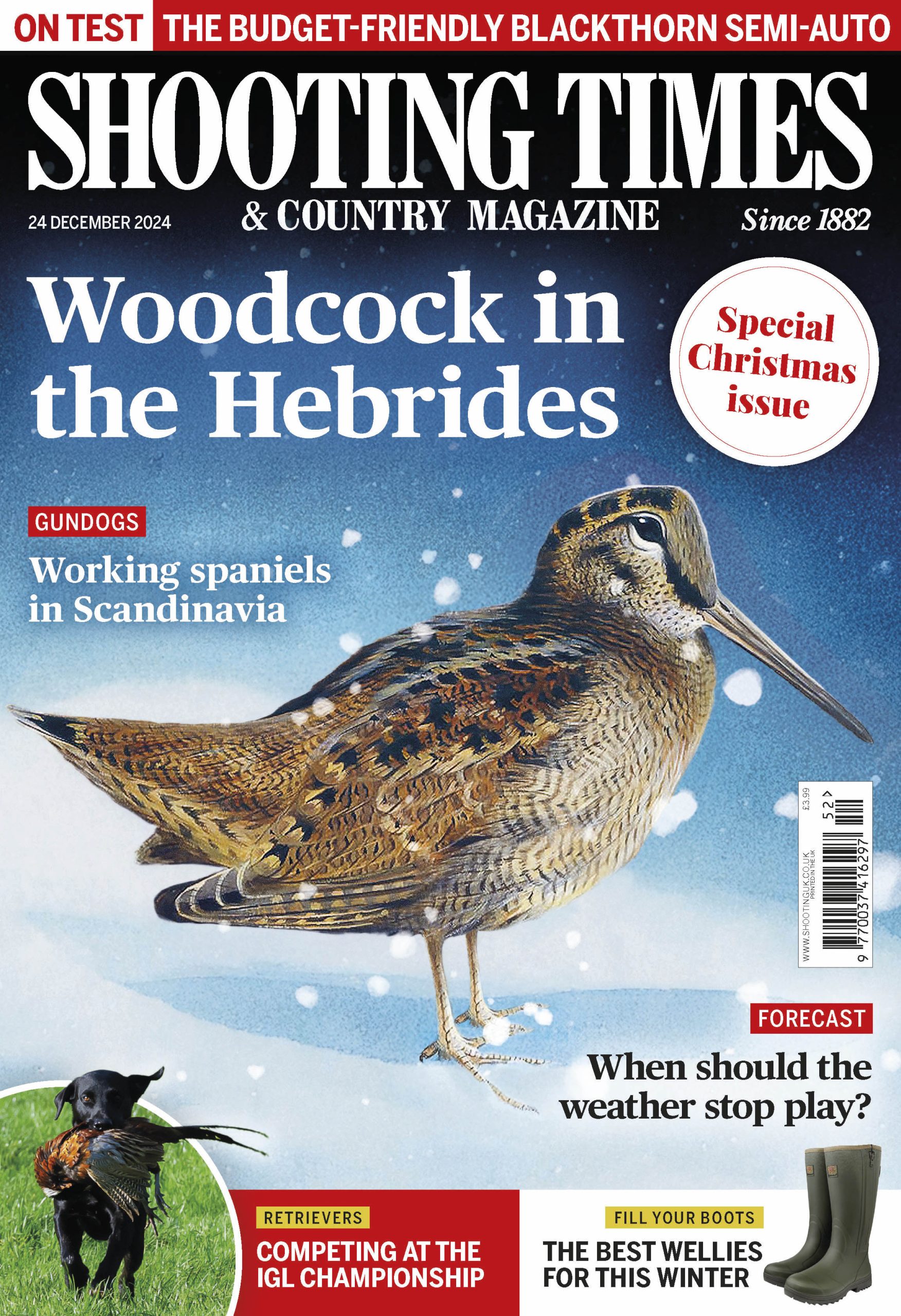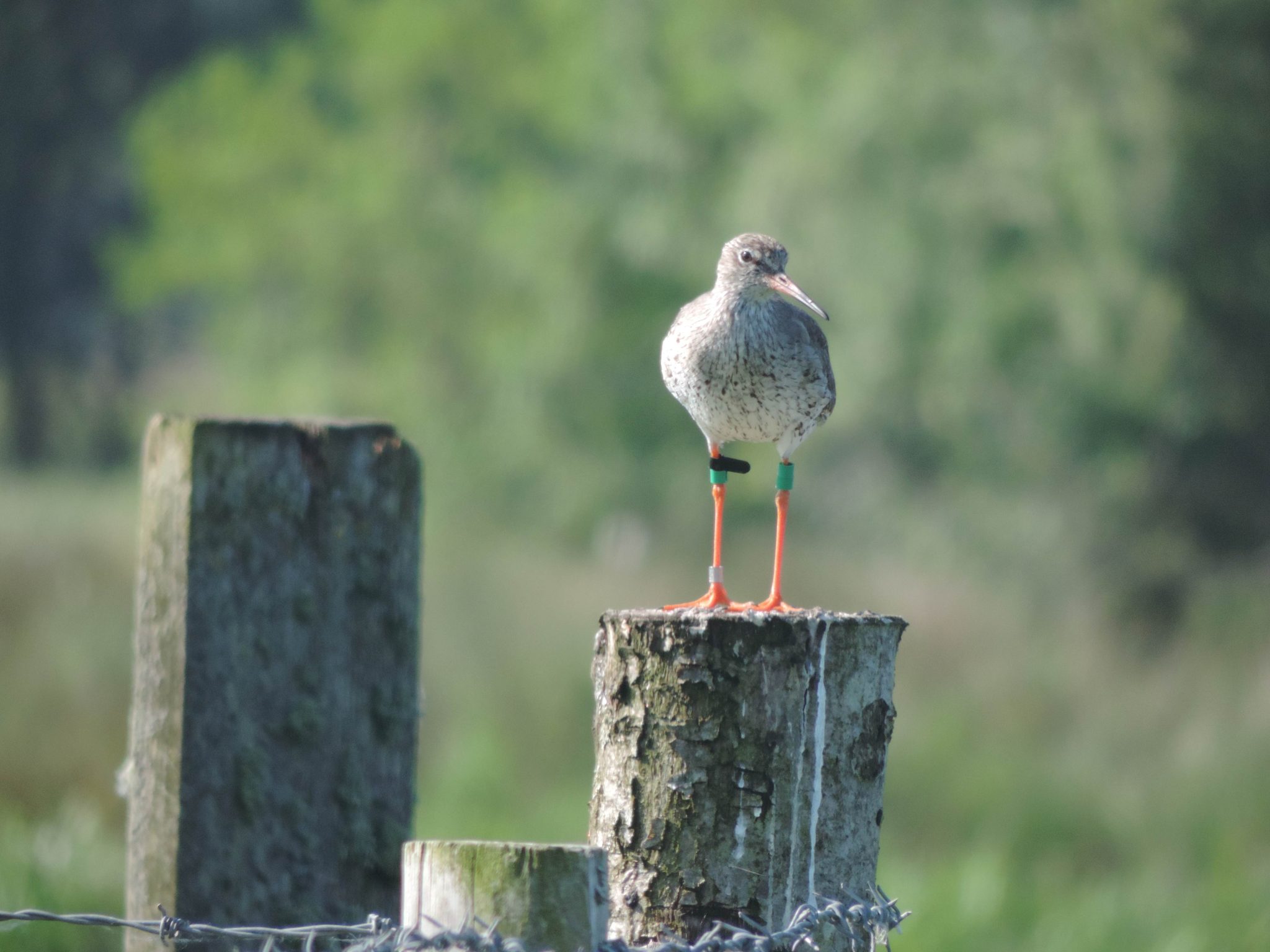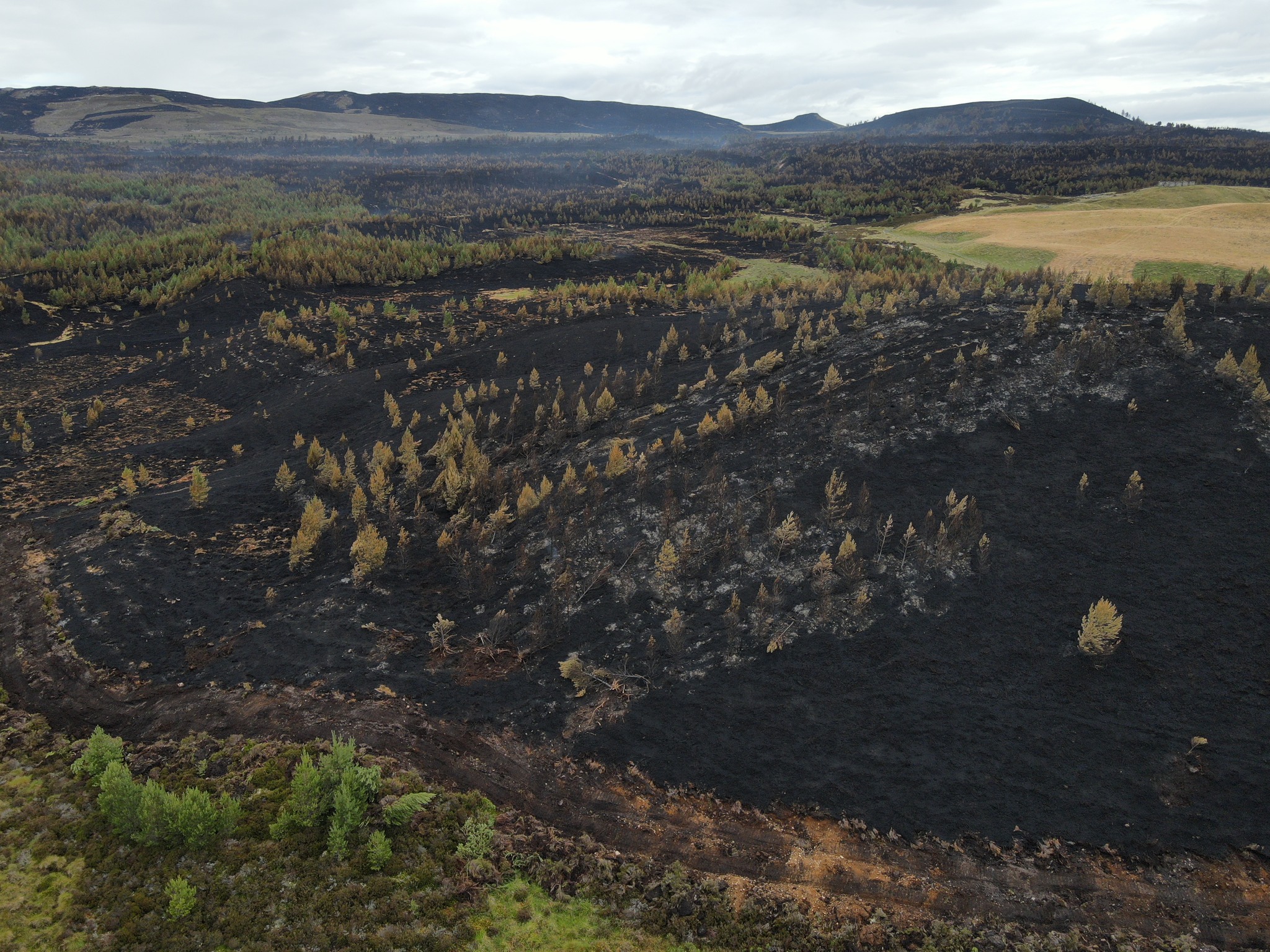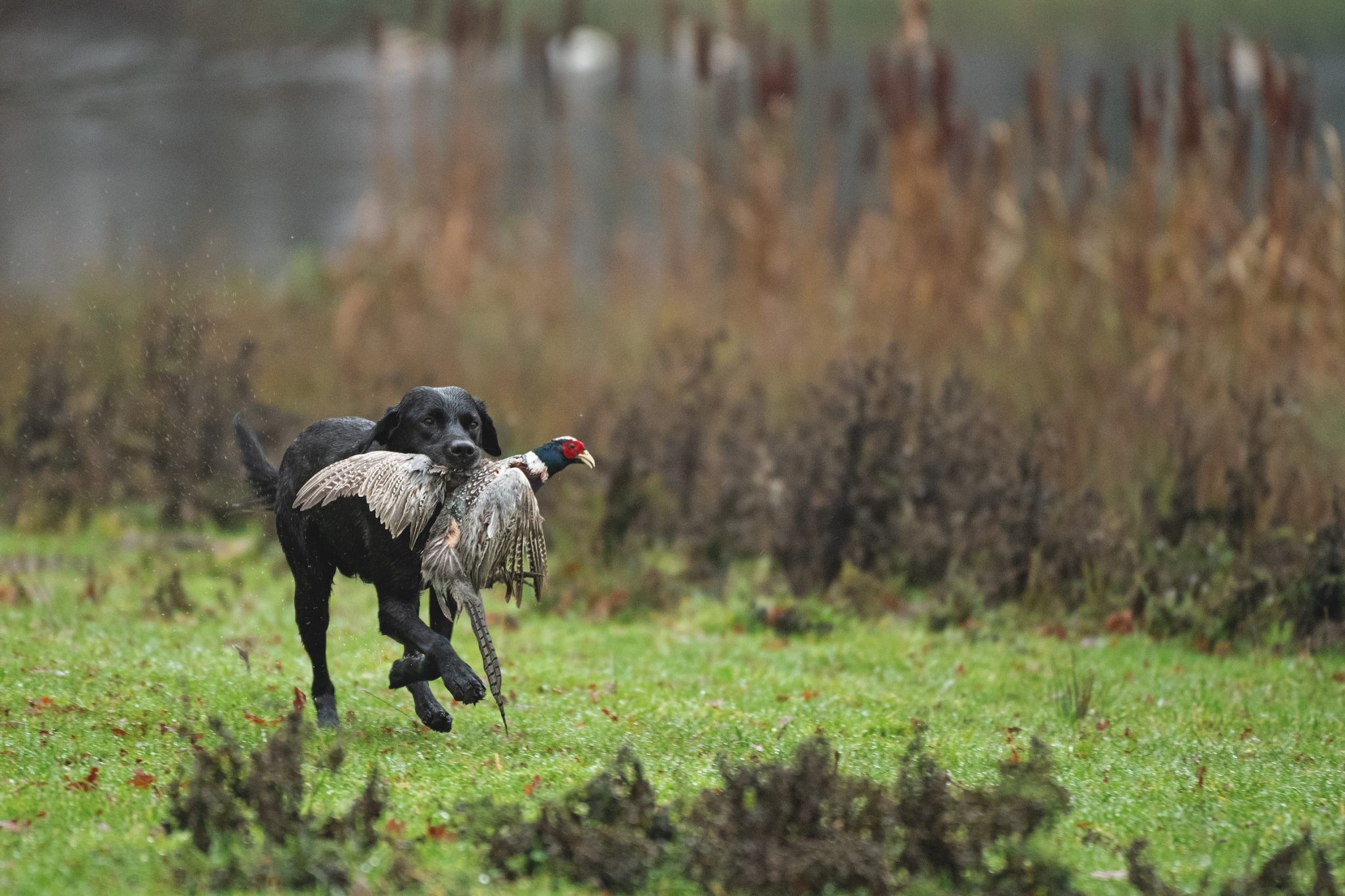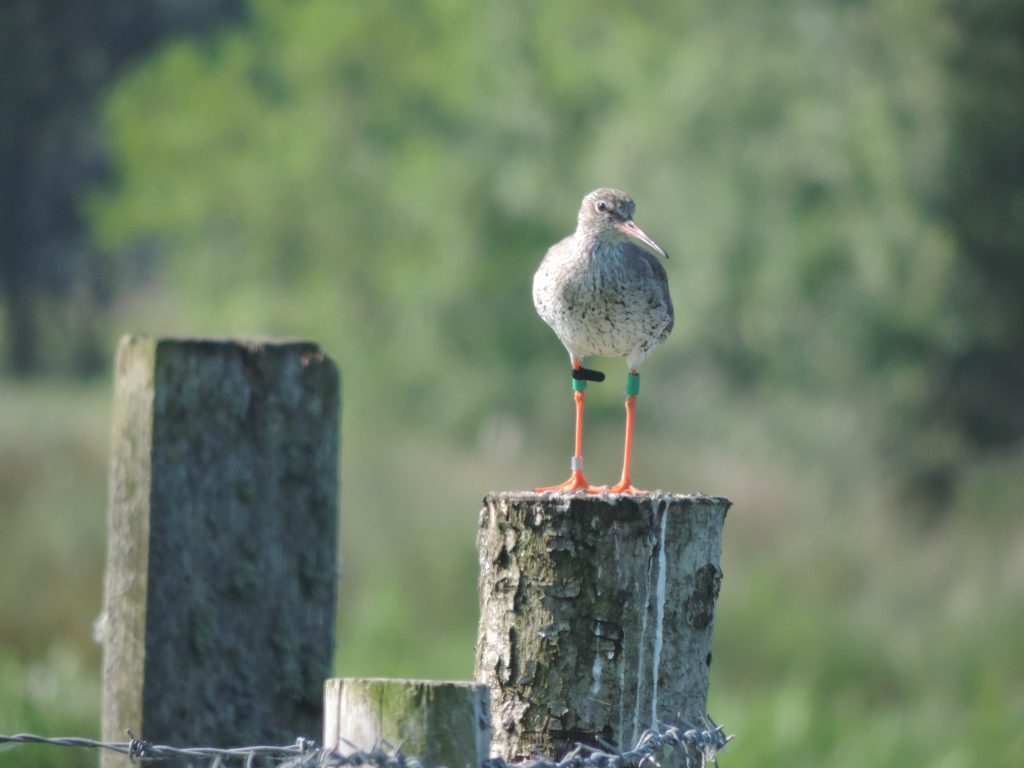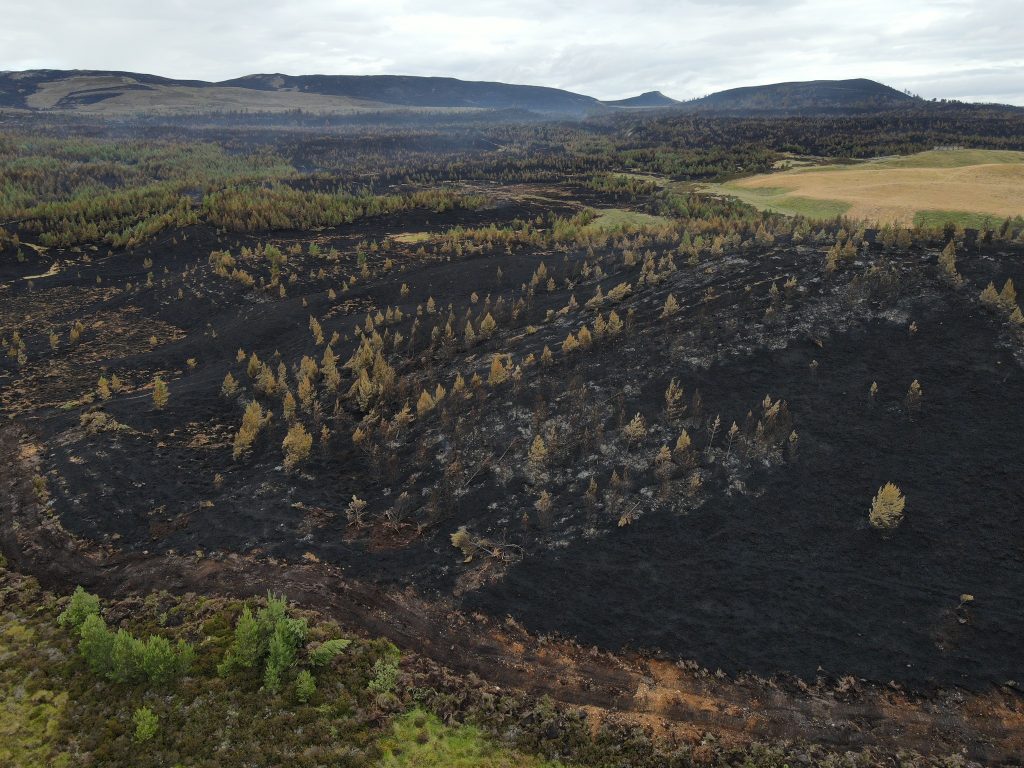- News
- Gundogs
- Shooting
- Recipes
- Gear
-
-
- Industry Jobs
- Get involved
- More
-
-
More
-
-
News
Record wildfire prompts Scottish U-turn on muirburn licensing
By Hollis Butler (Group News Editor)
-
-
Win CENS ProFlex DX5 earplugs worth £1,149 – enter here
Bird-friendly farming measures on the rise
<strong>New figures from Natural England report an increase in the number of fields being managed to halt the decline in farmland bird populations</strong>
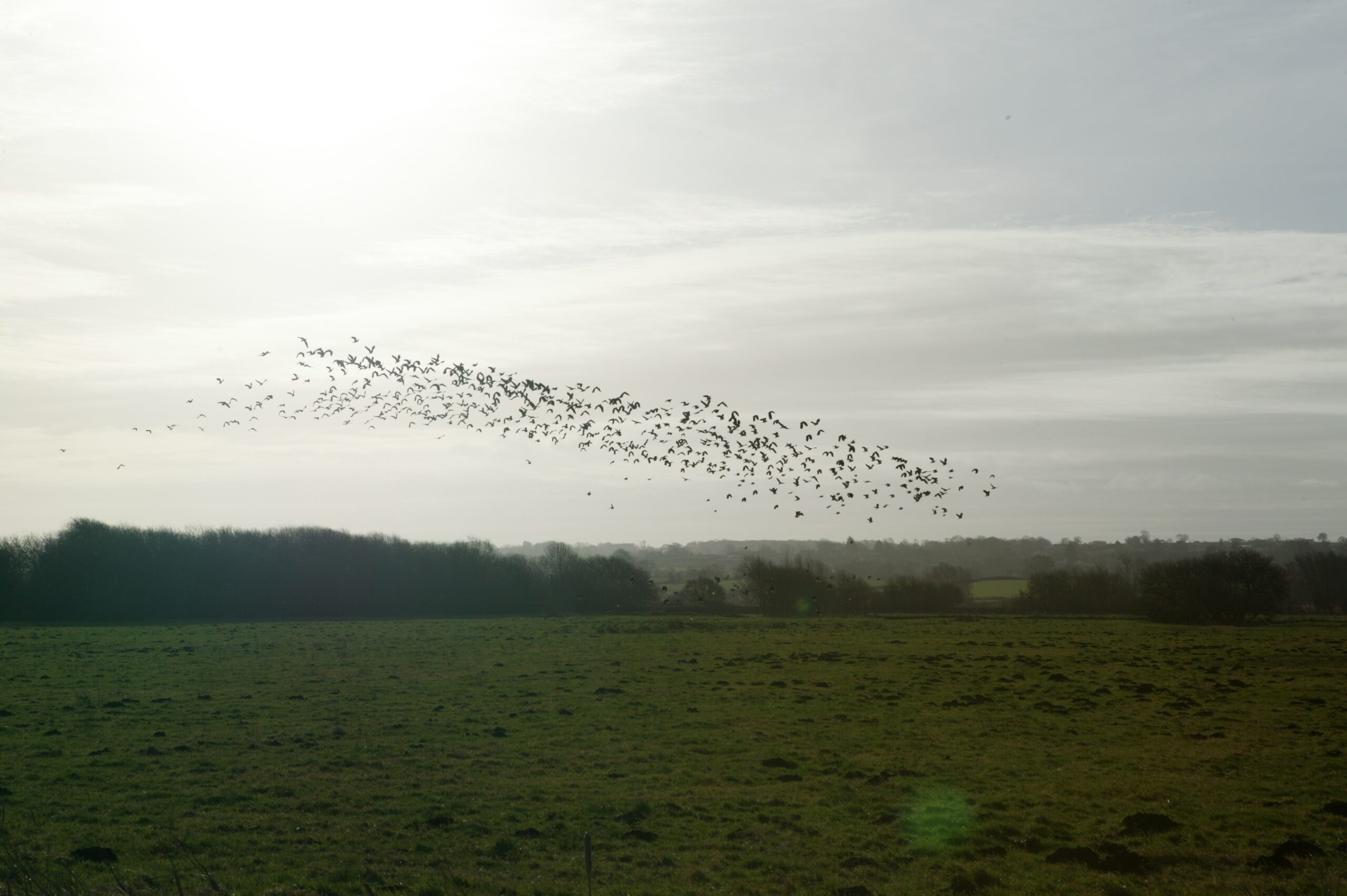
More fields than ever before are being managed to halt the decline in farmland bird populations, according to new figures from Natural England.
More than 375,000 acres of arable farmland are now providing winter food and habitat through farmers adopting bird-friendly measures as part of their Environmental Stewardship agreements.
One of the pioneers of bird-friendly farming measures, the Game and Wildlife Conservation Trust (GWCT), says that its work on the Loddington Estate in Leicestershire proves that bird numbers do go up if the right methods are in place.
Dr Chris Stoate, the project?s head of research, said: ?We?ve been implementing stewardship options since 1992, and we?ve seen considerable increases in wild game birds and many farmland songbirds including biodiversity action plan species such as linnet.
?Our work suggests that for some species there is a direct link between the amount of habitat you create and the abundance of bird species. An example is whitethroat ? if you have a grass margin it provides them with an excellent habitat to nest in.?
Natural England believes that the figures show that farmers are taking ?significant steps? to reverse the decline in bird numbers. A spokesman said: ?The more land that?s managed in this way, the more birds it will sustain.?
The rest of this article appears in 15th June issue of Shooting Times.
What is YOUR opinion?
Join other ST readers in our forums to discuss your views.
Like this article? Mark this page on a social bookmarking website…
Related Articles
Get the latest news delivered direct to your door
Subscribe to Shooting Times & Country
Discover the ultimate companion for field sports enthusiasts with Shooting Times & Country Magazine, the UK’s leading weekly publication that has been at the forefront of shooting culture since 1882. Subscribers gain access to expert tips, comprehensive gear reviews, seasonal advice and a vibrant community of like-minded shooters.
Save on shop price when you subscribe with weekly issues featuring in-depth articles on gundog training, exclusive member offers and access to the digital back issue library. A Shooting Times & Country subscription is more than a magazine, don’t just read about the countryside; immerse yourself in its most authoritative and engaging publication.

